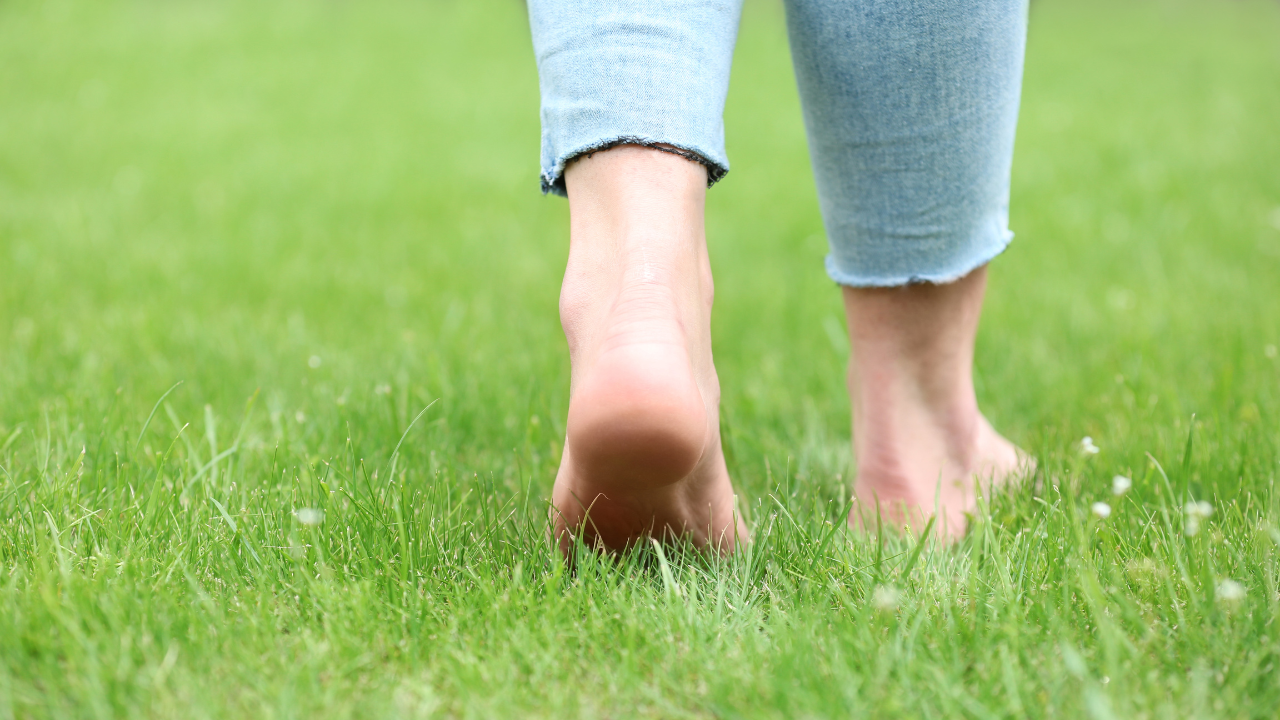Is Making Your Bed Bad For You? Experts Debunk Social Media's Claims
On today's episode of things you can't unhear: is making your bed bad for you? According to a viral Instagram video, making your bed right after you wake up creates the perfect breeding ground for dust mites to thrive, thereby worsening allergies and asthma. Gross, yes, but is there any truth to it? For context, dust mites are insect-like pests that feed on flakes of dead skin cells and thrive in warm, moist environments, says allergist and immunologist Tania Elliott, MD. The critters are too small to see, but they're known to settle deep in your bedding, mattresses, upholstered furniture, and carpet. Inhaling the proteins in the dust mites' feces, urine, and decay can indeed cause an allergic reaction, Dr. Elliott explains.At first glance, there's a certain logic to the viral video, created by anesthesiologist Myro Figura, MD. In it, he claims that making your bed immediately after waking up traps the moisture from your sweat in your sheets, creating prime conditions for dust mites to thrive. For this reason, Dr. Figura says, you should leave your bed unmade for an hour or two every morning to allow the moisture from your sweat to dry up, which will in turn "drastically reduce the number of dust mites that can survive."Seems sound, right? But we know by now that we shouldn't believe everything we see online. With that in mind, PS fact-checked the viral video's claims, breaking down whether or not it's really necessary to abandon your entire bed-making ritual. Read on to see what the experts had to say, with tips on how to reduce your risk of dust mites. Experts Featured in This Article:Tania Elliott, MD, is dual board-certified in internal medicine and allergy/immunology, and a clinical instructor at NYU Langone Health.Amber Robins, MD, is a family doctor, lifestyle medicine specialist, and the Founder of Sanxtuary MD.Is Making Your Bed Bad For You?The short answer? Probably not. "Making your bed right after you get up or later in the day does not affect your health when it comes to dust mites," says lifestyle medicine specialist Amber Robins, MD. In fact, your allergies likely have nothing to do with the timeliness of your morning routine, because making your bed first thing in the morning does not trap moisture or increase dust mite breeding grounds, she says.The claim that making your bed encourages dust mites to thrive has circulated before. It's often attached to an old British study, according to The New York Times. In discussing the study, one of the researchers told the BBC, "Something as simple as leaving a bed unmade during the day can remove moisture from the sheets and mattress so the mites will dehydrate and eventually die." But according to the Times, this was only speculation; the researchers planned to study how daily habits like bed making could affect dust mite populations, but hadn't yet done so. And our experts agree there's no good evidence that making (or not making) your bed has much of an impact on the tiny pests.The Truth About Dust MitesDespite some misinformation, there are still tidbits of truth in the video. For starters, dust mites can (and likely do) live in your pillows and mattress, Dr. Robins says. Roughly four out of five homes in the United States have dust mite allergens in at least one bed, according to the American Lung Association.The dust mites in and around your bed can worsen allergy symptoms in the morning and trigger sneezing, a runny and/or stuffy nose, watery or red eyes, coughing, and itching, Dr. Elliott says. It's just that making or not making your bed in the morning doesn't seem to have any real effect on their existence, or their propensity to cause allergy symptoms.Dust Mites SymptomsThe existence of dust mites in your bed won't necessarily cause any physical symptoms. But if you're allergic to the mites, the Mayo Clinic says that the symptoms of dust mites in your bed could range from mild (runny nose, watery eyes, and sneezing) to severe (persistent sneezing, worse congestion, pressure behind the sinuses or eyes, eczema, and even asthma attacks).How to Get Rid of Dust MitesHere's another thing the viral video gets right: you should wash your bedsheets and pillowcases at least every two weeks, but ideally once a week, to keep dust mite levels in check, Dr. Robins says. For the best results, wash your bedding weekly on the highest heat setting with water ranging from 130 to 140 degrees Fahrenheit, she says.Not everyone is predisposed to a dust mite allergy, but if you're especially prone, it's also best to get rid of throw pillows, opt for blinds over curtains, and use tightly woven cotton sheets or dust-mite-proof mattress covers, Dr. Elliott says. Regularly vacuuming your carpet and soft furniture with a HEPA vacuum can also nix the pests and reduce allergens, she adds.Since dust mites prefer moist climates, it's also better to limit the humidity in your bedroom to less than 50 percent, especially if you use a humidifier, Dr. Elliott says. Last but not least, if your allergies become chronic, persistent, or severe, Dr. Robins says to talk with your healthcare provider. They can do a proper allergy test and prescribe the necessary treatment from there. - Additional reporting by Chandler PlanteAndi Breitowich is a Chicago-based freelance writer and graduate from Emory University and Northwestern University's Medill School of Journalism. Her work has appeared in POPSUGAR, Women's Health, Cosmopolitan, and elsewhere.Chandler Plante (she/her) is an assistant health and fitness editor for PS. She has over four years of professional journalism experience, previously working as an editorial assistant for People magazine and contributing to Ladygunn, Millie, and Bustle Digital Group. Related: Is TikTok's 3-2-1 Workout Method Actually Legit? Here's What Experts Think
:upscale()/2024/11/11/964/n/1922729/tmp_gv9hEt_492728e3b0833895_Is_Making_Your_Bed_Bad_For_You_.jpg)

















